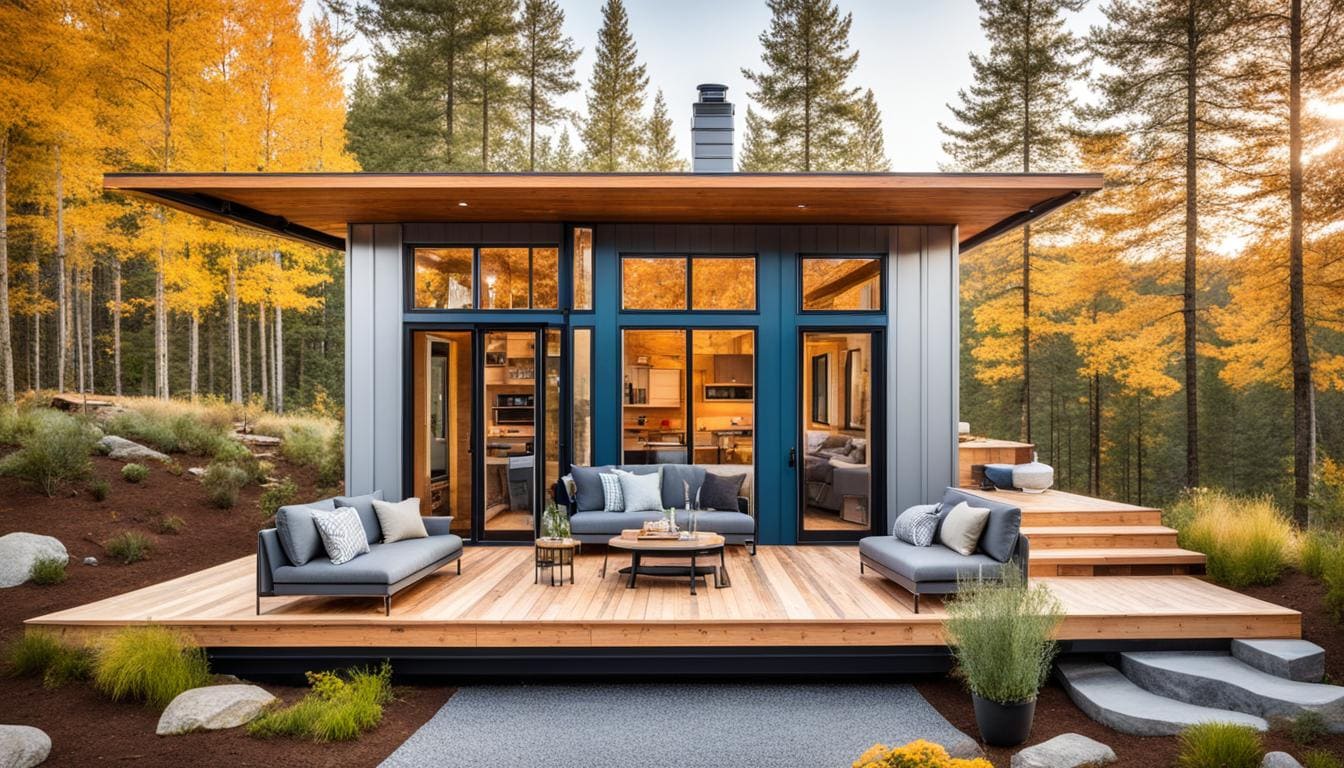Introduction:
Sintered stone, a revolutionary material in the realm of construction and design, has been gaining widespread recognition for its exceptional qualities and versatility. In this guide, we delve deep into the world of sintered stone, exploring its composition, applications, advantages, and much more. Whether you’re a homeowner, architect, or design enthusiast, understanding sintered stone can unlock a world of possibilities for your projects.
Understanding Sintered Stone
Sintered stone, a fusion of natural materials and cutting-edge technology, represents a pinnacle in engineered surfaces. This section explores the fundamental aspects of sintered stone, shedding light on its composition, manufacturing process, and unique characteristics.
Composition of Sintered Stone
Sintered stone comprises a blend of natural minerals, including quartz, silica, and porcelain, meticulously processed under high temperature and pressure. This fusion results in a dense, durable material with remarkable aesthetic appeal and functional properties.
Manufacturing Process
The manufacturing of sintered stone involves advanced techniques such as compression and sintering, where raw materials are compacted and heated to form a solid slab. This meticulous process ensures uniformity, strength, and resistance to various environmental factors.
Properties of Sintered Stone
Sintered stone boasts an impressive array of properties, including:
- Durability: With its high density and composition, sintered stone exhibits exceptional durability, resisting scratches, stains, and impacts.
- Versatility: From countertops and flooring to façades and furniture, sintered stone finds application in diverse architectural and design projects.
- Heat and Chemical Resistance: Its non-porous surface makes sintered stone highly resistant to heat, UV radiation, and chemical agents, ensuring longevity and ease of maintenance.
Applications of Sintered Stone
The versatility of sintered stone transcends traditional boundaries, offering innovative solutions across various sectors. Explore the myriad applications of this remarkable material.
Kitchen Countertops
Sintered stone countertops are a popular choice for modern kitchens, combining elegance with practicality. Their non-porous nature makes them hygienic and easy to clean, ideal for food preparation areas.
Exterior Cladding
In architectural projects, sintered stone serves as an ideal cladding material, enhancing the façade with its durability, weather resistance, and aesthetic appeal. It offers architects and designers creative freedom while ensuring long-term performance.
Flooring
From residential interiors to commercial spaces, sintered stone flooring delivers unmatched durability and style. Its resistance to wear, moisture, and stains makes it suitable for high-traffic areas, ensuring longevity without compromising on aesthetics.
Advantages of Sintered Stone
Embracing sintered stone offers an array of advantages, making it a preferred choice for discerning architects, designers, and homeowners alike.
Enhanced Durability
Sintered stone’s superior durability ensures longevity and minimal maintenance requirements, making it an economical and practical investment for residential and commercial projects.
Design Flexibility
With a wide range of colors, textures, and finishes available, sintered stone offers endless design possibilities, allowing for customization to suit various aesthetic preferences and architectural styles.
Environmental Sustainability
Sintered stone embodies eco-conscious principles, utilizing natural materials and sustainable manufacturing processes, thereby reducing environmental impact while promoting sustainability in construction and design.
FAQs (Frequently Asked Questions)
What are the primary components of sintered stone?
Sintered stone primarily comprises natural minerals such as quartz, silica, and porcelain, blended and processed to create a durable, versatile material.
Is sintered stone suitable for outdoor applications?
Yes, sintered stone is highly resistant to environmental factors, making it an ideal choice for exterior cladding, façades, and landscaping projects.
How does sintered stone compare to traditional countertop materials like granite or marble?
Unlike natural stone, sintered stone offers superior durability, resistance to stains and scratches, and a wider range of design options, making it a preferred choice for modern kitchens and bathrooms.
Can sintered stone be repaired if damaged?
While sintered stone is exceptionally durable, any minor damage can typically be repaired by professionals using specialized techniques, restoring its original appearance and functionality.
Does sintered stone require special maintenance?
Sintered stone is relatively low-maintenance, requiring simple cleaning with mild soap and water. Its non-porous surface prevents the accumulation of dirt and bacteria, ensuring hygiene and ease of care.
Is sintered stone suitable for high-temperature applications?
Yes, sintered stone exhibits excellent heat resistance, making it suitable for use in kitchens, outdoor grilling areas, and other environments exposed to elevated temperatures.
Conclusion:
In conclusion, sintered stone emerges as a game-changer in the realm of construction and design, offering unparalleled durability, versatility, and aesthetic appeal. As the demand for innovative and sustainable building materials continues to rise. Sintered stone stands at the forefront, redefining the possibilities in architectural and interior design projects.





